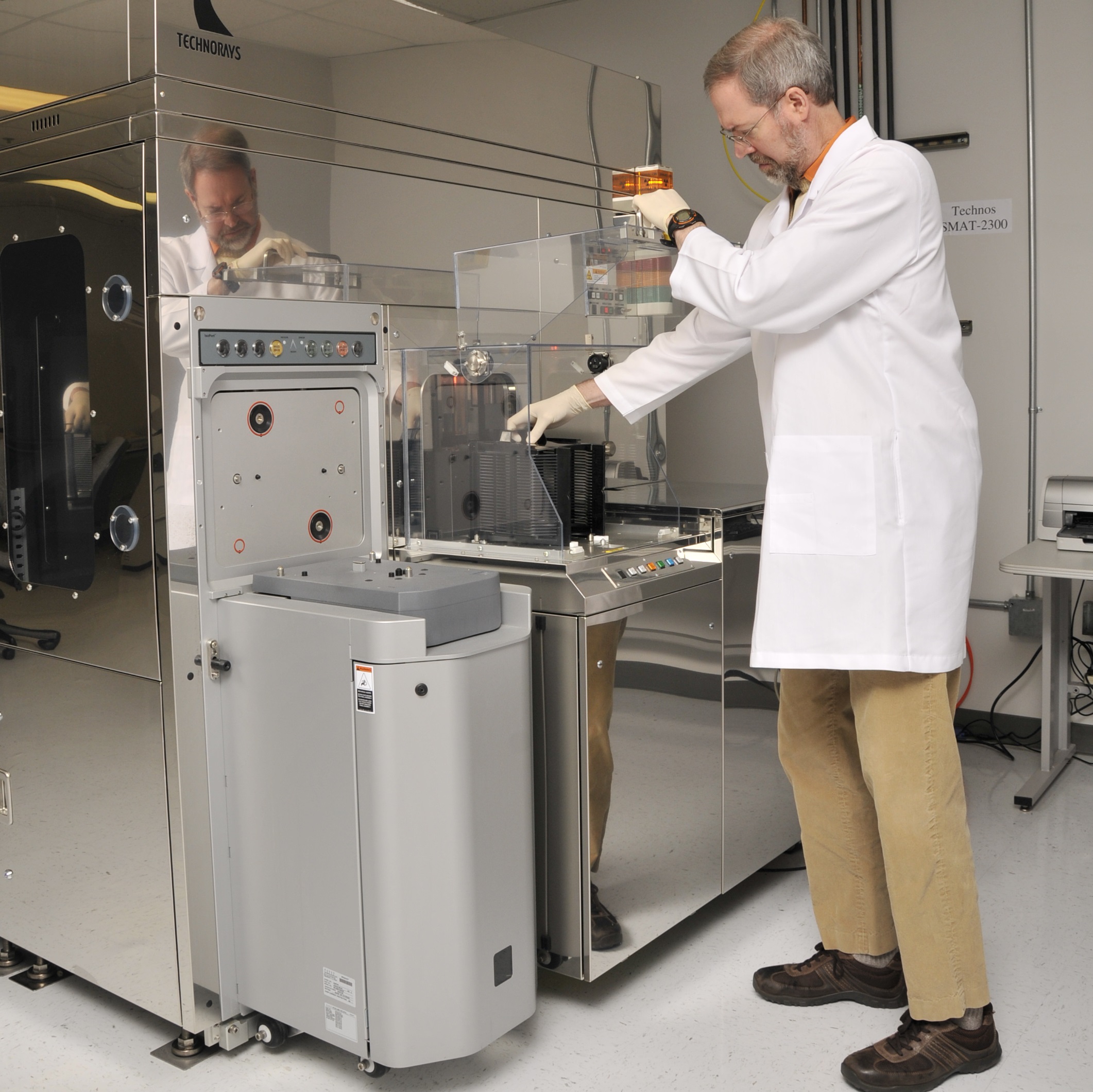Failure Analysis of Materials
Home » Services » Materials Testing & Analysis » Failure Analysis – Materials
In our failure analysis lab, we investigate a material failure’s background or history of a sample, to determine why a particular failure occurred. A product failure may include premature breakage, discoloration or even an unexpected odor. It is useful to know if this failure is a new, unique occurrence or if it has been an ongoing issue. The investigation can involve analyzing the sample as it currently exists and extrapolating from that data what may have caused the failure. A sample of the “good” vs. “bad” product may also be useful for comparison purposes.
Physical failures (e.g. poor adhesion, pull strength, fractures, discolorations) are investigated using surface analysis, materials characterization and metallurgical analysis techniques. The scenario and sample type impact which analytical technique can be used.
EAG has a variety of instrumentation in our failure analysis labs, such as Optical Microscopy, SEM/EDS, FTIR, Raman, TOF-SIMS, XPS, and Auger. We also work with experts in metallurgical failure analysis and fracture analysis to better understand the mechanics of the fracture, failure modes and origins .

Environmental chambers are available for failure analysis, to test the effects of UV, heat and humidity on materials and products. Additionally, to better understand the problem, failure conditions can be re-created in the laboratory. Both customized analyses and application of established standards such as ASTM methods may also be employed.
For adhesion and bonding failures, FTIR, TOF-SIMS, XPS and Auger are important techniques that provide information about the molecular and/or elemental species present at the failure site. In some instances, the presence of molecular contaminants at delaminated surfaces can indicate poor contact between the bonded surfaces. Imaging delaminated surfaces can also indicate the failure mechanism (e.g. cohesive or adhesive).
Failure Analysis Examples
EAG has successfully determined the cause of failure due to:
- Fatigue and other slow crack growth mechanisms
- Brittle and ductile overload failures
- Stress corrosion and hydrogen embrittlement failures
- Corrosion/oxidation problems
- Contamination problems
- Wear failures
- Adhesion and bonding problems
- Discoloration
- Heat treatment problems
- Design/stress related failures
- Plating problems
Related Resources
- Webinar: Reliability Testing
- App Note: Failure Analysis of Metals, Nonmetals & Composites
- App Note: Medical Device Electronics: Improving Reliability
- App Note: Contact Lenses: Understanding Surface Chemistry
- App Note: Identifying Contaminants Using Raman
- Industry: Medical Devices
- Industry: Consumer Electronics
- Industry: Semiconductors
- Plastics
- Adhesives
- Packaging
- Metals/alloys
- Coatings/paints
- Composites
- Laminates
Would you like to learn more about Failure Analysis ?
Contact us today for your Failure Analysis needs. Please complete the form below to have an EAG expert contact you.